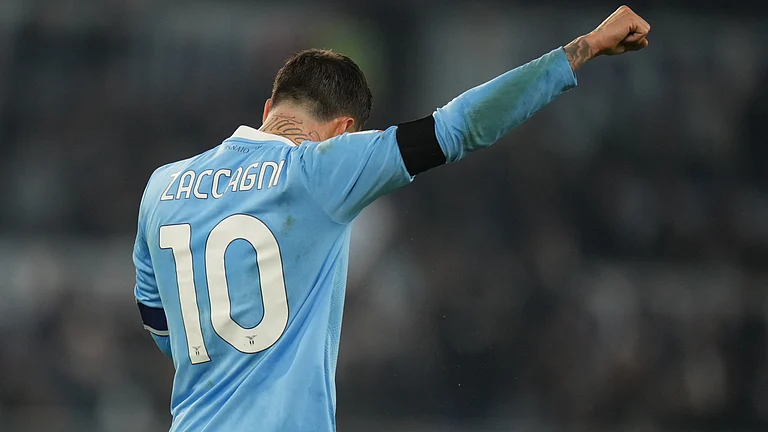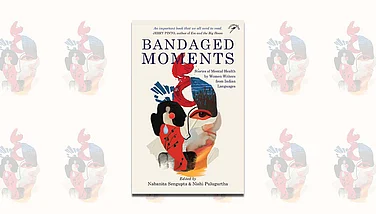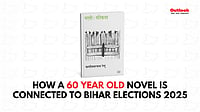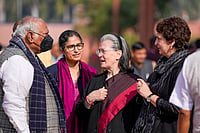The books principal character is Paresh Bhatt, Magnum photographer and an acutelydivided citizen of a triumphant global order. Bhatt is cousin to Rushdies Rai in TheGround Beneath Her Feet; like Rai, Bhatt is prone to offer aphorisms on the state ofthe emergent world, his heart, and, of course, his art as well as rock and roll.
Bhatt is also only a switch in a broad circuit of family and friends. This is where thenovel achieves range. Bhatts pater, Mahadev Bhatt, writer and nationalist agitator,possesses one of the sharpest tongues in desi fiction. It was impossible for me, whilereading Jet-Engine Laugh, not to keep asking how the elder Bhatt would havereviewed Joshis novel. I can see that this Jet-Engine book is aboutflightbut what are you in flight from, Mr Writer?
At the other end of the generational spectrum in the novel is Paresh Bhattsdaughter, Para, aka Group Captain Paramita Bhatt of the Indian Air Force, circa 2030 AD.Para is the books real find. Made up of impossible parts, the youngest Bhattrepresents a new paradigm of hybrid histories and tongues. It is Joshis mostimaginative achievementwhich is also a statement on the life we are alreadylivingthat Para is both human as well as a tight packet of technology.
Jet-Engine Laugh is a book that spans an entire century, from the tumultuous30s of the last century to the yet-to-arrive 30s of the current millennium.Some might read the novel as a homage to the past, or even a sci-fi exploration of thedistant future. But, what the book is really nostalgic about is the present. The thoughtof the vanished present produces a rasp in the narrators voice. It is this love ofthe moment and its loss that gives Joshis writing its emotional undertow.
What is it about the present that so grips the writer of Jet-Engine Laugh?This question is a little difficult to answeror, maybe, just too easy. If you wereasked on Kaun Banega Crorepati what Joshis novel was about, you couldpossibly get away by choosing any or all of the four possible answers.
If pressed to do so, my choices for the four possible answers would be: 1. Love andSex; 2. Family; 3. Nationalism and War; 4. The Culture of the Real. (If I could playaround with the categories, Id propose as one of the alternative answers, Sexand Recipes. In writing about sex in Bombay and the preparation of shrikhand, Joshihas made what one might call a seminal contribution to Indian writing.) There are otherimpulses too which the author has followed. Among them is his resurrection of the Big Bongtheory of history which means, among other things, raising Subhash Chandra Bose from thedead. We find ourselves in Siberia with the Great Man, pissing against the wind.
But, more than any subject, Jet-Engine Laugh is about the elaboration of avoice. This is the voice that is able to speak in multiple accents: Gujju, Bengali,French, German, Yankee English, and even Bangla-sounding Japanese. It is the language ofthe Indian-writer-as-frequent-flyer who is at home in any publishing house of the world.But it is also a voice that is at once confident and experimental. One can quarrel withits economy of distraction, but there is no denying that this voice is unstoppable andengaging.
























